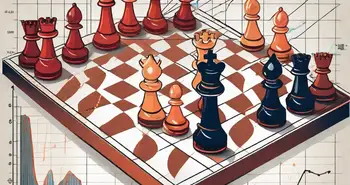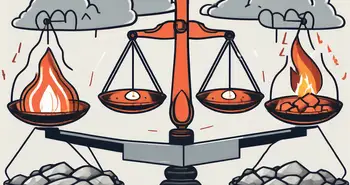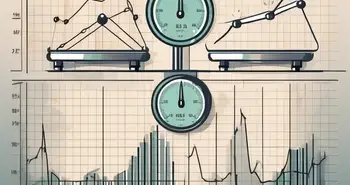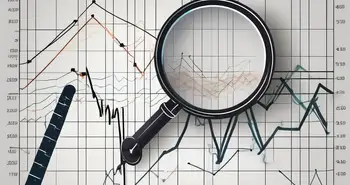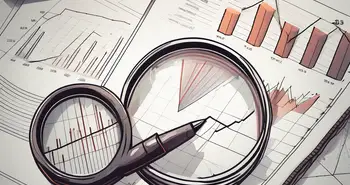10 Essential Trade Management Rules for Successful Traders
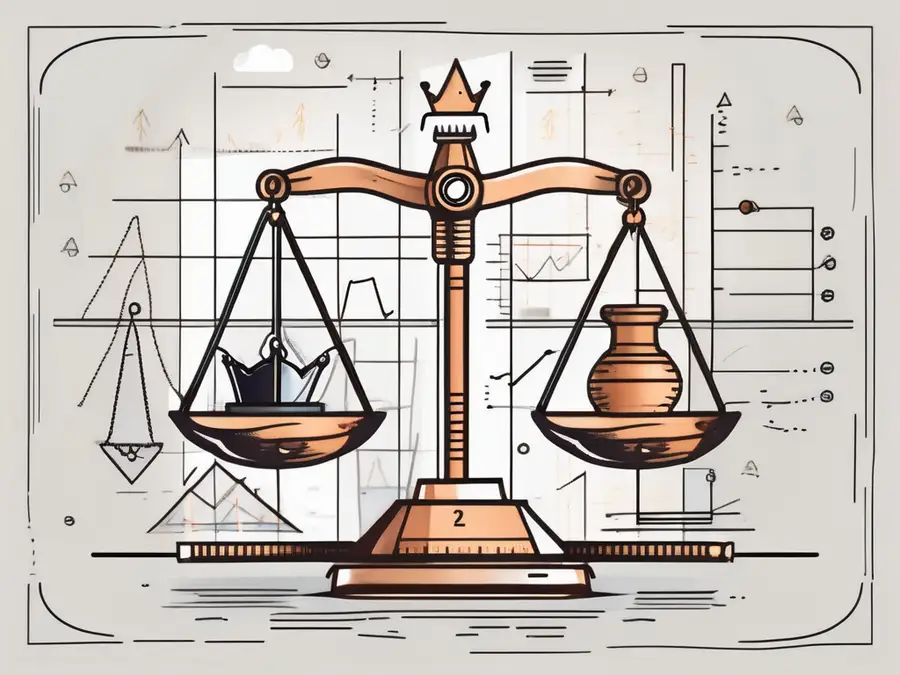
As an experienced trader, I understand the importance of trade management in achieving success in the market. To help fellow traders navigate the complexities of the trading world, I have compiled a list of 10 essential trade management rules. By following these rules, you can enhance your trading strategy, manage your risk effectively, and ultimately increase your chances of success.
Understanding Trade Management
Before diving into the core components of trade management, it is crucial to understand its significance in trading. Trade management refers to the process of actively monitoring and adjusting your trades to optimize profits and minimize losses. It encompasses various techniques and strategies that help traders make informed decisions in real-time.
Trade management is not just about entering a trade and hoping for the best outcome. It is a proactive approach that involves continuous monitoring and adjustment based on market conditions. By actively managing your trades, you can adapt to changing market dynamics and improve your overall trading performance.
One of the primary reasons trade management is essential is its ability to control risk. Every trade comes with a certain level of risk, and without proper management, it can quickly spiral out of control. By implementing risk management techniques, such as setting stop losses and position sizing, you can limit potential losses and protect your trading capital.
The Importance of Trade Management in Trading
Trade management is the backbone of a successful trading strategy. It allows you to control your risk, protect your capital, and capitalize on profitable opportunities. Without effective trade management, even the most promising trades can turn into costly mistakes.
Effective trade management also helps you stay disciplined and avoid emotional decision-making. It provides a structured framework for making trading decisions based on objective criteria rather than impulsive reactions to market fluctuations. By following a well-defined trade management plan, you can reduce the impact of emotions on your trading and improve your consistency.
Furthermore, trade management enables you to take advantage of favorable market conditions. Markets are constantly evolving, and what may have been a profitable trade initially may no longer be the case as market dynamics change. By actively managing your trades, you can adapt to these changes and adjust your strategy accordingly, maximizing your potential profits.
Core Components of Trade Management
Trade management consists of several key components, including risk management, position sizing, stop losses, take profits, and trailing stops. Understanding and implementing these components in your trading plan will significantly enhance your ability to manage trades effectively.
Risk management is the foundation of trade management. It involves assessing the potential risks associated with a trade and determining the appropriate level of risk you are willing to take. This can be done through techniques such as setting a maximum risk percentage per trade or using risk-reward ratios to evaluate potential returns.
Position sizing is another crucial component of trade management. It refers to determining the appropriate amount of capital to allocate to each trade. By properly sizing your positions, you can ensure that no single trade has a disproportionate impact on your overall portfolio. This helps in diversifying your risk and maintaining a balanced trading approach.
Stop losses and take profits are essential tools for managing risk and locking in profits. A stop loss is a predetermined price level at which you will exit a trade to limit potential losses. On the other hand, a take profit level is a predetermined price at which you will exit a trade to secure profits. By setting these levels in advance, you can automate your trade management process and remove emotions from the equation.
Trailing stops are a more advanced trade management technique. They allow you to adjust your stop loss level as the trade moves in your favor. This means that if the market price continues to move in your desired direction, the trailing stop will automatically adjust to lock in more profits. Trailing stops help you ride the trend and maximize your gains while still protecting yourself from potential reversals.
In conclusion, trade management is a critical aspect of successful trading. It empowers traders to control risk, protect capital, and adapt to changing market conditions. By understanding and implementing the core components of trade management, you can significantly improve your trading performance and increase your chances of long-term success.
Rule 1: Always Have a Trading Plan
A trading plan is a roadmap that outlines your approach to trading, including your goals, strategies, and risk management rules. It acts as a guiding light, keeping your emotions in check and helping you make rational decisions based on pre-defined criteria.
The Role of a Trading Plan
A trading plan provides you with a structured framework to follow and ensures that you stay focused on your trading objectives. It helps eliminate impulsiveness and keeps you disciplined, which is crucial for long-term success in trading.
Key Elements of a Successful Trading Plan
When creating a trading plan, make sure to include your risk tolerance, preferred trading style, entry and exit strategies, and rules for managing trades. Additionally, regularly reviewing and updating your plan based on market conditions is essential to adapt to changing circumstances.
Rule 2: Risk Management is Crucial
Risk management is the foundation of successful trading. It involves assessing and limiting the potential losses on each trade to preserve your capital and prevent catastrophic blowouts. By managing risk effectively, you can protect yourself from emotional decision-making and thrive in the long run.
Understanding Risk-Reward Ratio
The risk-reward ratio is a key metric used in risk management. It represents the potential profit you can make on a trade compared to the potential loss. A positive risk-reward ratio ensures that your potential profits are higher than your potential losses, making the trade favorable even if you have a lower win rate.
Techniques for Effective Risk Management
One of the most effective ways to manage risk is to set a maximum acceptable loss per trade. This ensures that one losing trade does not wipe out a significant portion of your capital. Additionally, diversifying your trades, using proper position sizing, and adjusting your risk based on market volatility are essential risk management techniques.
Rule 3: Use Stop Losses and Take Profits Wisely
Stop losses and take profits are crucial tools in managing trades. They allow you to define your exit points in advance, eliminating the need for emotional decision-making and providing a clear risk-reward structure for each trade.
The Importance of Stop Loss Orders
A stop loss order is a predetermined price level at which you exit a trade to limit your losses. It is a vital risk management tool that ensures you do not hold onto losing positions for too long, preventing potential catastrophic losses.
Making the Most of Take Profit Orders
Take profit orders enable you to lock in profits by automatically closing your position when the price reaches a specified level. They help you avoid letting winning trades turn into losing ones by taking profits at predetermined targets.
Rule 4: Keep Emotions in Check
Emotions can be a trader's worst enemy. Fear, greed, and impatience often lead to irrational decision-making, causing costly mistakes. It is vital to keep your emotions in check and approach trading with a calm and rational mindset.
The Impact of Emotions on Trading Decisions
Emotions can cloud your judgment and lead to impulsive actions such as chasing losses or exiting profitable trades too soon. It is essential to recognize when your emotions are influencing your decisions and take a step back to reassess the situation objectively.
Strategies for Emotional Control
To control your emotions, consider incorporating techniques such as meditation, maintaining a trading journal, and setting realistic expectations. Additionally, having a support network or a mentor to discuss your trading experiences can provide valuable insights and guidance when emotions run high.
Revisiting the Main Points: FAQ
1. What is trade management?
Trade management refers to the process of actively monitoring and adjusting your trades to optimize profits and minimize losses.
2. Why is risk management crucial in trading?
Risk management is essential to protect your capital, prevent emotional decision-making, and ensure long-term success in trading.
3. What are stop losses and take profits?
Stop losses are predetermined price levels at which you exit a trade to limit losses, while take profits are price levels at which you lock in profits by closing your position.
4. How can I keep emotions in check while trading?
To control emotions, practice techniques such as meditation, maintaining a trading journal, setting realistic expectations, and seeking guidance from a support network or mentor.
As an experienced trader, I have seen traders make expensive mistakes due to a lack of trade management strategies. I vividly remember a time when I let my emotions get the best of me and allowed a promising trade to turn into a significant loss. That experience taught me the importance of having a solid trading plan, managing risk effectively, and staying disciplined amidst market fluctuations.
Throughout my trading journey, I have witnessed firsthand the difference that effective trade management can make. By adhering to the 10 essential trade management rules outlined above, you can proactively navigate the markets and increase your chances of success. Remember, trading is a marathon, not a sprint, and implementing these rules will set the foundation for a prosperous trading career.
So, adopt these rules as your own and let trade management be your guiding compass. Embrace discipline, manage your risk wisely, and remember to keep your emotions in check. With a well-crafted trading plan and a structured approach to trade management, you will be on the path to becoming a successful trader!
Ready to put these 10 Essential Trade Management Rules into action? Discover the future of trading with Morpher, the innovative platform that offers zero fees, infinite liquidity, and the flexibility of fractional investing. Whether you're looking to trade stocks, cryptocurrencies, or even unique markets like NFTs, Morpher's blockchain technology provides a safe, controlled, and unparalleled trading experience. Amplify your trades with up to 10x leverage and enjoy the benefits of Virtual Futures on the Ethereum Blockchain. Sign Up and Get Your Free Sign Up Bonus today, and join the trading revolution with Morpher.
Disclaimer: All investments involve risk, and the past performance of a security, industry, sector, market, financial product, trading strategy, or individual’s trading does not guarantee future results or returns. Investors are fully responsible for any investment decisions they make. Such decisions should be based solely on an evaluation of their financial circumstances, investment objectives, risk tolerance, and liquidity needs. This post does not constitute investment advice.

Painless trading for everyone
Hundreds of markets all in one place - Apple, Bitcoin, Gold, Watches, NFTs, Sneakers and so much more.

Painless trading for everyone
Hundreds of markets all in one place - Apple, Bitcoin, Gold, Watches, NFTs, Sneakers and so much more.


